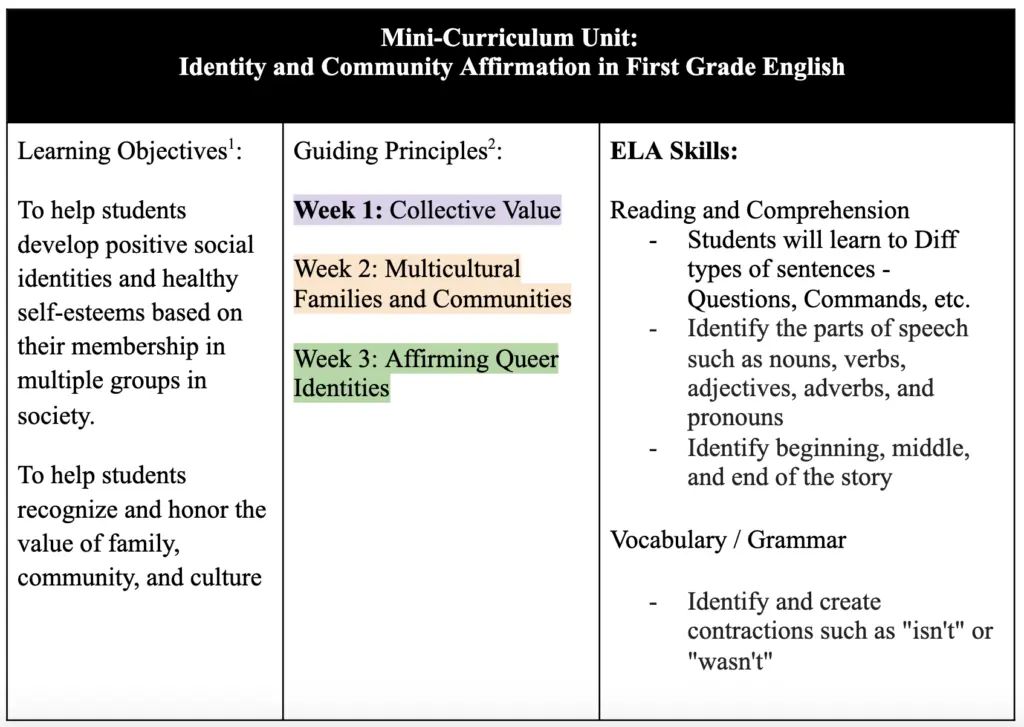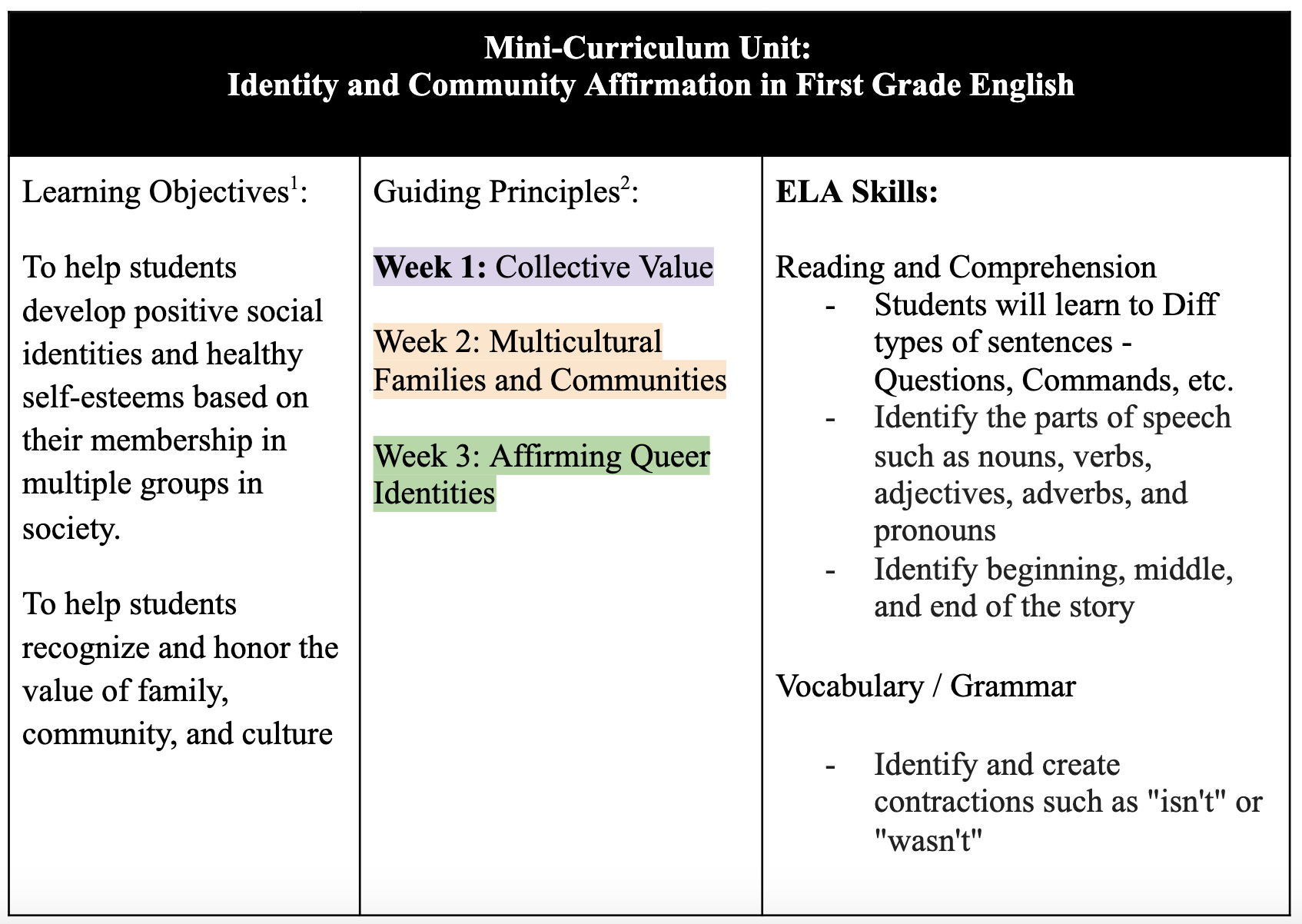
Unlocking Potential: What 1st Graders Learn and How It Sets the Stage for Future Success
First grade is a pivotal year in a child’s educational journey. It’s the year where foundational skills are solidified, and a love for learning can truly blossom. Understanding what 1st graders learn is crucial for parents, educators, and anyone involved in shaping young minds. This article delves into the core subjects and skills introduced in first grade, exploring the curriculum, teaching methods, and the long-term impact of this essential year.
The Building Blocks of Literacy
Reading and writing take center stage in first grade. The curriculum focuses on building phonemic awareness, phonics skills, and reading comprehension. Students move beyond recognizing individual letters to decoding words and understanding sentences. Here’s a closer look:
- Phonics: Learning the relationship between letters and sounds is fundamental. What 1st graders learn includes decoding CVC (consonant-vowel-consonant) words, blends, digraphs, and vowel teams.
- Reading Comprehension: Students begin to understand the meaning of what they read. Teachers use strategies like asking questions, making predictions, and summarizing to enhance comprehension.
- Vocabulary: Expanding vocabulary is crucial for reading success. What 1st graders learn involves introducing new words through reading, discussions, and explicit instruction.
- Writing: First graders learn to write simple sentences, focusing on proper grammar, punctuation, and capitalization. They also begin to develop their writing skills through creative writing activities and journaling.
Teachers use a variety of methods to teach literacy, including guided reading, shared reading, and independent reading. These approaches cater to different learning styles and ensure that all students have the opportunity to succeed. [See also: Supporting Your Child’s Reading Development]
Numbers and Beyond: Mastering Math Fundamentals
Mathematics in first grade focuses on developing number sense, understanding basic operations, and solving simple word problems. What 1st graders learn in math lays the foundation for more advanced concepts in later grades. Key areas of focus include:
- Number Sense: Understanding the value of numbers, counting to 100, and recognizing number patterns are essential skills.
- Addition and Subtraction: First graders learn the basic concepts of addition and subtraction, using manipulatives and visual aids to understand these operations.
- Geometry: Identifying and describing basic shapes, such as squares, circles, triangles, and rectangles, is introduced.
- Measurement: Students learn to measure length, weight, and volume using non-standard units.
- Time and Money: Telling time to the hour and half-hour, and identifying coins and their values, are also part of the curriculum.
Hands-on activities, games, and real-world examples are used to make math engaging and relevant for first graders. The goal is to foster a positive attitude towards math and build a strong foundation for future learning. Understanding what 1st graders learn in math is critical for parental support at home. [See also: Fun Math Activities for First Graders]
Exploring the World: Science and Social Studies
Science and social studies in first grade introduce students to the world around them. These subjects help develop critical thinking skills and encourage curiosity. What 1st graders learn in these areas includes:
Science
- Life Science: Learning about plants, animals, and their habitats. Students might observe plant growth, study animal life cycles, or learn about different ecosystems.
- Earth Science: Exploring weather patterns, the water cycle, and the different types of rocks and soil.
- Physical Science: Introducing basic concepts of force, motion, and energy through simple experiments.
Social Studies
- Community: Learning about different members of the community, their roles, and how they contribute to society.
- History: Introducing historical figures and events, often focusing on local history or national holidays.
- Geography: Learning about maps, globes, and different landforms.
- Civics: Understanding rules, laws, and the importance of being a good citizen.
Field trips, experiments, and group projects are common methods used to teach science and social studies in first grade. These experiences help students connect with the material and make learning more meaningful. Knowing what 1st graders learn in these subjects provides opportunities for parents to extend learning outside the classroom. [See also: Engaging Science Experiments for Kids]
Developing Social and Emotional Skills
Beyond academics, first grade is a crucial time for developing social and emotional skills. What 1st graders learn in this area helps them navigate relationships, manage emotions, and build self-confidence. Key skills include:
- Cooperation: Learning to work together in groups, share resources, and resolve conflicts peacefully.
- Empathy: Developing the ability to understand and share the feelings of others.
- Self-Regulation: Learning to manage emotions, control impulses, and follow rules.
- Communication: Developing effective communication skills, including listening, speaking, and expressing thoughts and feelings appropriately.
Teachers use various strategies to promote social and emotional learning, such as role-playing, group discussions, and mindfulness activities. Creating a positive and supportive classroom environment is essential for fostering these skills. Understanding what 1st graders learn regarding social-emotional development is just as important as academic skills. [See also: Fostering Emotional Intelligence in Children]
The Importance of Play and Creativity
While academics are important, play and creativity also play a vital role in first grade. These activities help children develop their imagination, problem-solving skills, and social skills. What 1st graders learn through play includes:
- Creative Expression: Engaging in art, music, and drama activities to express themselves and explore their creativity.
- Problem-Solving: Solving puzzles, building structures, and engaging in imaginative play to develop critical thinking skills.
- Social Interaction: Playing games, working on group projects, and interacting with peers to develop social skills and build relationships.
Teachers incorporate play-based learning activities into the curriculum to make learning more engaging and fun. Providing opportunities for children to explore their interests and express themselves creatively is essential for their overall development. Recognizing the value of play in what 1st graders learn is crucial for a well-rounded education. [See also: The Benefits of Play-Based Learning]
Parental Involvement: Supporting Your First Grader
Parents play a crucial role in supporting their child’s learning in first grade. Here are some ways parents can help:
- Read Aloud: Reading aloud to your child regularly helps improve their reading comprehension and vocabulary.
- Practice Math Skills: Engaging in math games and activities at home can reinforce what your child is learning in school.
- Create a Supportive Learning Environment: Providing a quiet and comfortable space for your child to do homework can help them focus and succeed.
- Communicate with the Teacher: Staying in communication with your child’s teacher can help you stay informed about their progress and address any concerns.
- Encourage a Love of Learning: Fostering a positive attitude towards learning can help your child succeed academically and develop a lifelong love of learning.
Knowing what 1st graders learn allows parents to actively participate in their child’s education and provide targeted support. This partnership between home and school is essential for student success. [See also: Tips for Supporting Your Child’s Education]
Addressing Learning Differences
It’s important to recognize that children learn at different paces. Some first graders may struggle with certain concepts, while others may excel. Teachers use differentiated instruction to meet the needs of all students. For students who need extra support, teachers may provide individualized instruction, small group tutoring, or other interventions. If you have concerns about your child’s progress, it’s important to communicate with their teacher and explore available resources. Understanding what 1st graders learn can also help parents identify potential areas of difficulty and seek appropriate support. [See also: Understanding Learning Disabilities]
Looking Ahead: Building a Foundation for Future Success
First grade is a foundational year that sets the stage for future academic success. The skills and knowledge what 1st graders learn provide a solid base for more advanced learning in later grades. By focusing on literacy, math, science, social studies, social-emotional skills, and creativity, first grade teachers help children develop into well-rounded individuals who are prepared for the challenges and opportunities of the future. It’s a year of significant growth and development, and one that should be celebrated. Understanding what 1st graders learn allows educators and parents to collaborate effectively and ensure that every child reaches their full potential. The curriculum and the teaching methods are designed to make learning engaging and effective. Knowing what 1st graders learn is helpful for reinforcing those concepts at home. It’s important to know what 1st graders learn to support their educational journey effectively. The understanding of what 1st graders learn helps in creating a supportive environment. The focus on what 1st graders learn is crucial for their future development. Understanding what 1st graders learn is a key to their success. The importance of what 1st graders learn cannot be overstated. Parents should be aware of what 1st graders learn to assist in their education. Knowing what 1st graders learn is essential for providing the right resources. The curriculum outlines what 1st graders learn clearly. It’s beneficial to know what 1st graders learn to tailor support. Teachers focus on what 1st graders learn to build a strong foundation.

